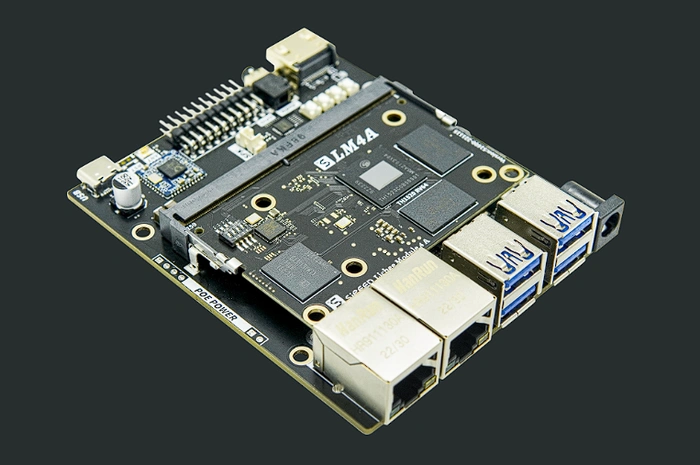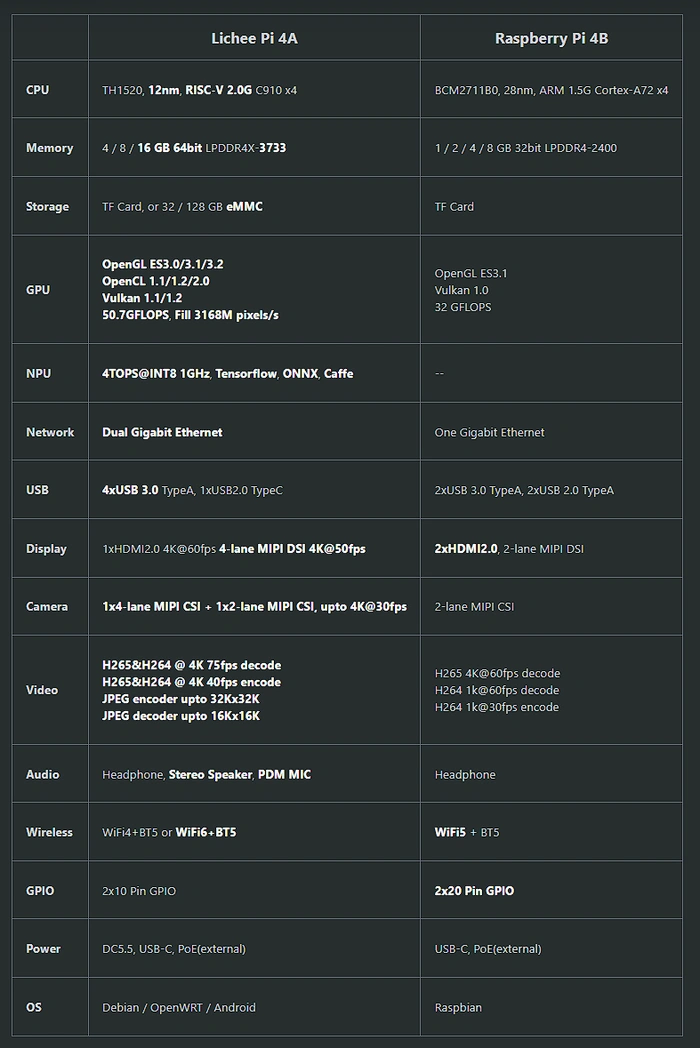In a world where technology is constantly evolving, a recent experiment sought to explore the potential of RISC-V hardware in everyday computing activities. RISC-V, a free and open instruction set architecture (ISA), offers an alternative to the proprietary ISAs used in prevalent x86 and ARM processors. While RISC-V is currently employed in embedded computing, its application in server or end-user computing is still in the developmental stages. This experiment run by Christopher Barnatt who aimed to test the feasibility of using RISC-V hardware for all computing activities over a week-long period.
The hardware used for this experiment included the Star 5 Vision 5 2 and the Lichee Pi 4A. The Star 5 Vision 5 2 boasts four 1.5 GHz U74 cores and four gigabytes of RAM, while the Lichee Pi 4A is equipped with 4 x 1.85 GHz C910 cores and 8GB of RAM. In addition to these, a flip phone was used for calls and texting, but all online and other computing activities were solely dependent on the RISC-V hardware.
RISC-V mini PC used for daily computer activities
The Debian operating system was installed on the Lichee Pi 4A, which performed well and proved to be stable. The experiment involved using a variety of programs, including Chromium for browsing, the Outlook web client for emails, and Google Docs for document creation and editing. The Vision 5 2 was utilized for watching YouTube and other streaming media on a television.
Other articles you may find of interest on the subject of RISC-V hardware :
However, the experiment was not without its challenges. Attempts to run Kden Live and Blender were unsuccessful due to software compatibility issues with the RISC-V hardware. Similarly, the use of hardware encrypted drives and hardware authentication keys also encountered compatibility issues.
Despite these limitations, the experiment concluded that it is indeed possible to spend seven days performing a wide range of computing activities on RISC-V hardware. However, it is important to note that the hardware used in the experiment are development boards, not consumer products, and the software has not yet reached official release. This means that while the experiment was successful in demonstrating the potential of RISC-V hardware, there are still hurdles to overcome before it can be widely adopted for everyday use.
The experiment also highlighted areas where RISC-V hardware currently falls short, such as video editing, 1080p video playback, and the use of hardware security keys. These are areas that will need to be addressed as RISC-V continues to evolve and mature.
Lichee Pi 4A RISC-V vs Raspberry Pi 4B
Looking ahead, the experiment suggests that we may see consumer RISC-V hardware in the future, potentially in the form of thin clients, media players, tablets, and smart TVs. This opens up exciting possibilities for the future of computing, as the open nature of RISC-V could lead to greater innovation and competition in the hardware market.
While RISC-V hardware may not yet be ready for all computing activities, this experiment has shown that it holds significant potential. As the technology continues to develop and mature, it is likely that we will see an increasing presence of RISC-V in our everyday computing activities.
Filed Under: Hardware, Top News
Latest Aboutworldnews Deals
Disclosure: Some of our articles include affiliate links. If you buy something through one of these links, Aboutworldnews may earn an affiliate commission. Learn about our Disclosure Policy.








